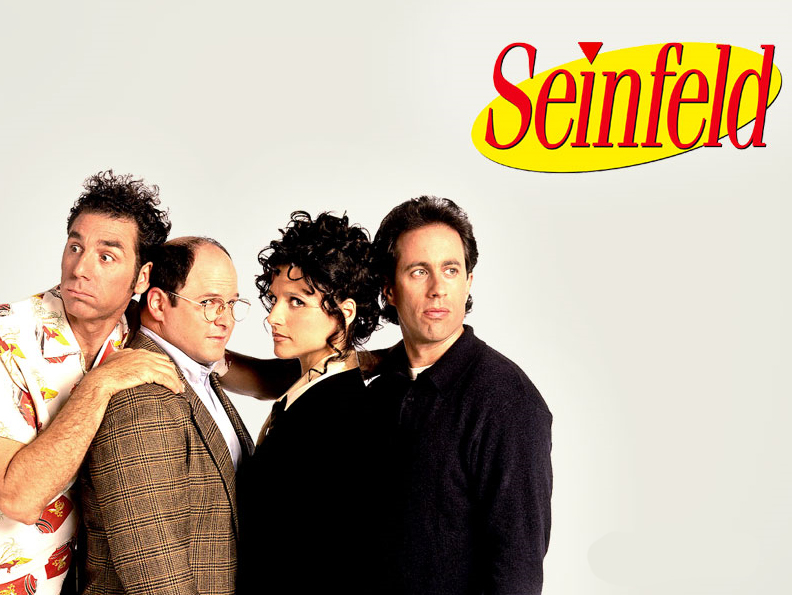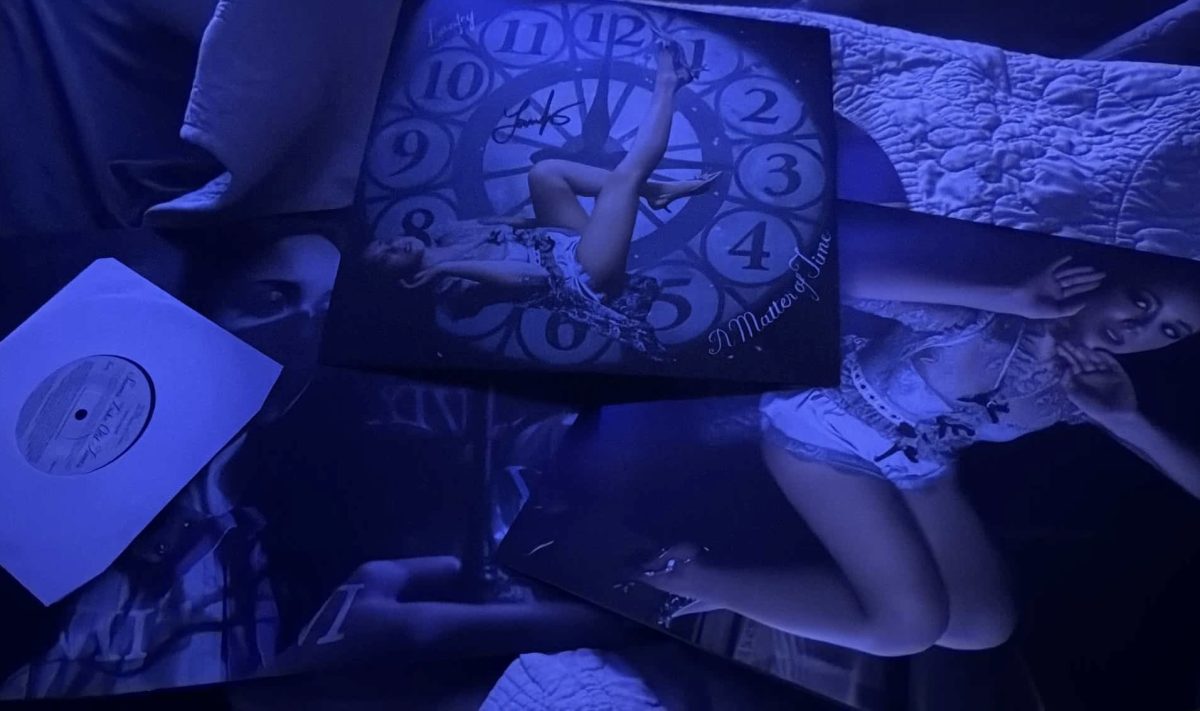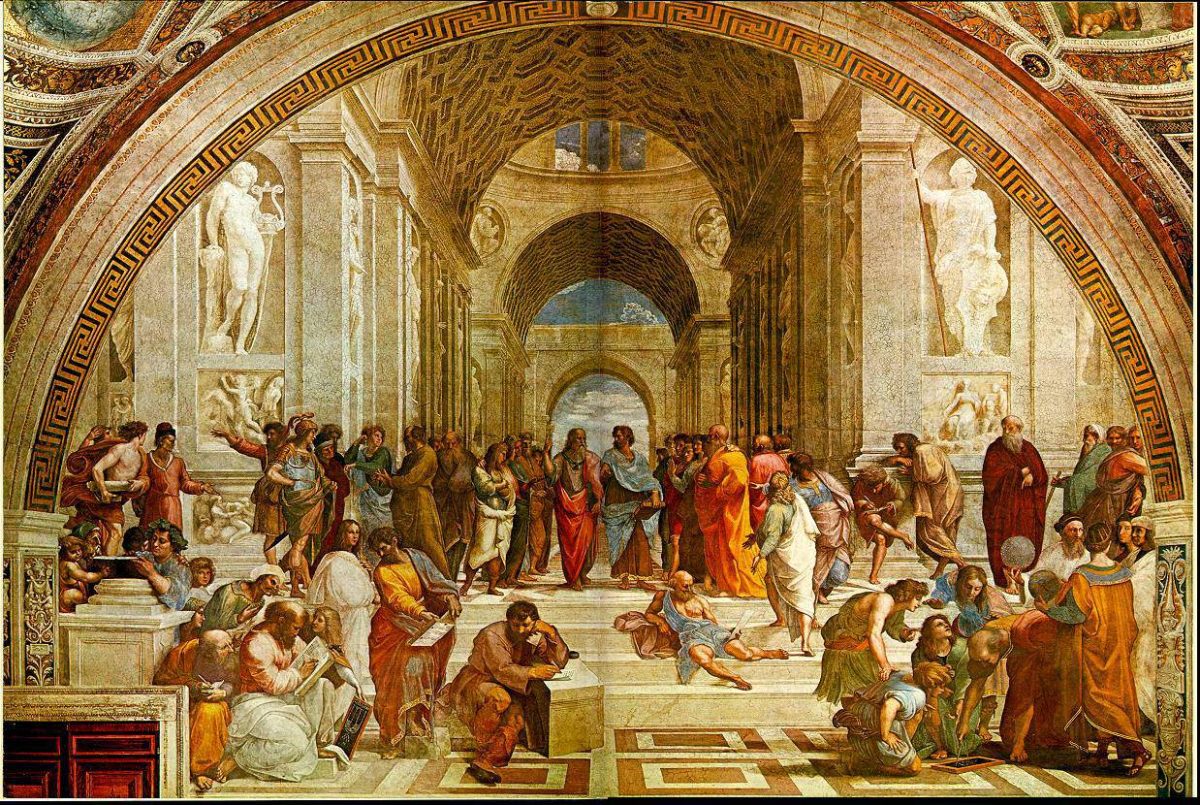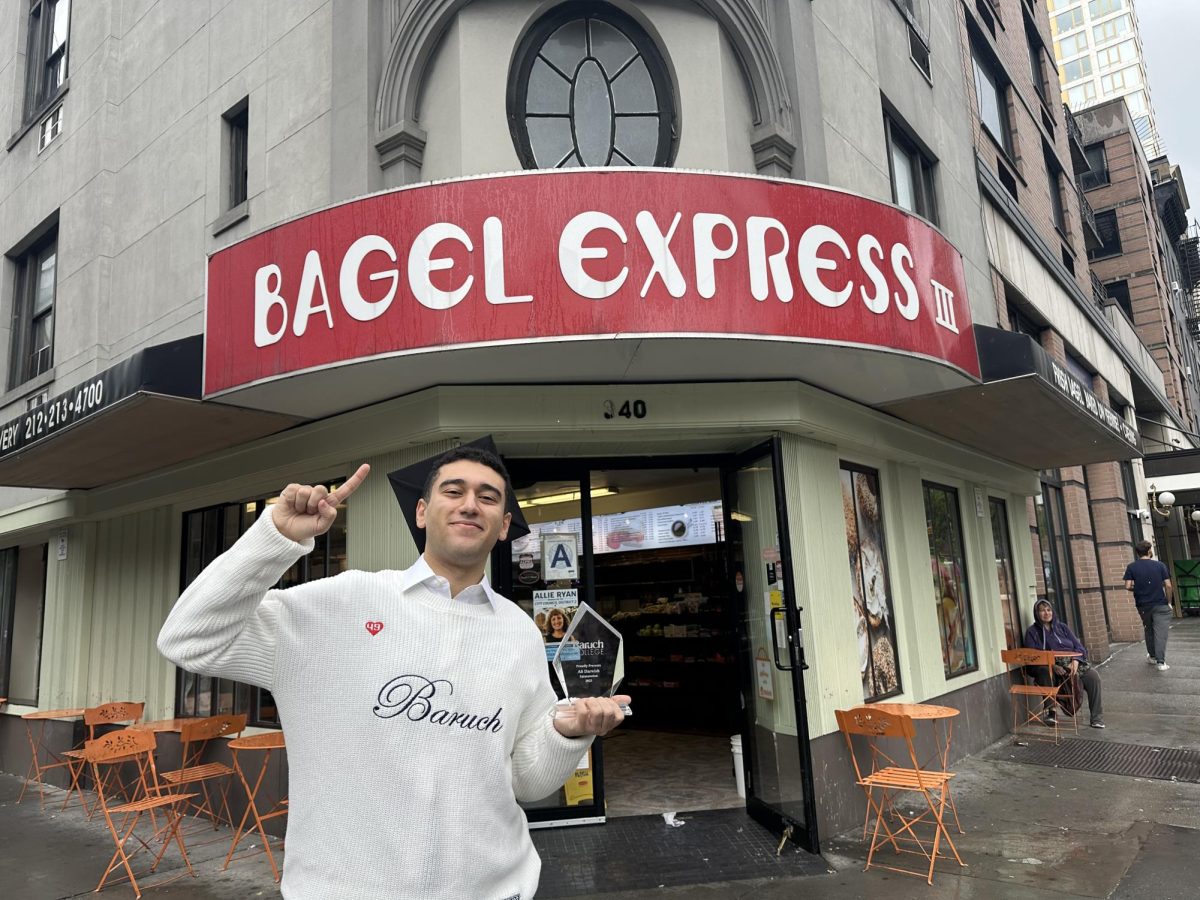This 1989 sitcom was famously dubbed as “the show about nothing,” yet its mark on culture and television was anything but trivial. “Seinfeld” was created by comedian Jerry Seinfeld and writer Larry David. Their sharp wit and keen observations shaped these iconic characters and immensely humorous storylines. “Seinfeld’s” deviation from conventional storytelling challenged traditional sitcom norms. The impact of “Seinfeld” extended beyond its nine-season run, inspiring a generation of television creators who aimed to replicate that special formula of humor.
The show followed the lives of four self-centered friends—Jerry Seinfeld, George Costanza played by Jason Alexander, Elaine Benes played by Julia Louis-Dreyfus, and Cosmo Kramer played by Michael Richards. It was set in New York City, yet filmed at CBS Studio Center in Studio City, Los Angeles. As these four friends navigated the monotonous and at times ridiculous aspects of everyday life, we as the audience were privy to what truly set “Seinfeld” apart from other shows such as “How I Met Your Mother,” “Brooklyn Nine-Nine,” “30 Rock,” and many others.
Released in 2023, “Only Murders in the Building” demonstrates how “Seinfeld’s” impact has expanded into modern storytelling. The show excels at combining the mundane aspects of life with more absurd and unexpected humor, similar to “Seinfeld’s” iconic style. In the “Seinfeld” episode, “The Soup Nazi,” the entire plot revolves around Jerry and his friends navigating the strict, eccentric rules of a local soup vendor. The humor evolves from how a simple, everyday activity such as buying soup can be transformed into a rigid, overdramatized situation.
Similarly, in “Only Murders in the Building,” Charles played by Steve Martin, Oliver played by Martin Short, and Mabel played by Selena Gomez get wrapped up in mundane and usually ridiculous personal squabbles that divert from their true-crime investigations. In season two, Charles develops an obsession with his stunt double from his old TV show and is jealous of his stunt double’s popularity, much like how Jerry Seinfeld would get caught up in petty and self-absorbed issues.
In both examples, the humor comes not from huge, obvious jokes, but from the characters’ reactions to the trivial situations they face every day. Both shows acquire the “Seinfeld”-like essence: an exaggerated focus on small and relatable scenarios that grow out of proportion. The show thrived off the creators’ ability to take life’s everyday challenges and awkward predicaments and weave them into comedic gold. Jerry Seinfeld’s stand-up routines punctuated every episode and provided the audience with a prologue to the absurdities that the characters were about to encounter in that episode.
It’s clear that humor in the writing alone wasn’t enough for the show’s success; it was the characters’ reactions that brought the words from the script to life, drawing the viewers in and making them feel as if they were laughing right alongside the characters on screen. The episodes notoriously revolved around minor subjects such as finding a lost car in a parking garage in “The Parking Garage,” arguing with their girlfriend about a salad in “The Big Salad,” and even pushing the envelope with a storyline contesting who could go the longest without masturbating in “The Contest.” The brilliance of this show lies in the writing and the actors’ incredible performances, but most importantly, how the show dared to explore topics such as workplace dynamics, relationships, bizarre etiquette rules, and death, all executed with a perfect comedic twist.
In an interview on The Howard Stern Show in 2013, Stern mentioned that Warren Littlefield offered 110 million dollars for another season of the show. Seinfeld evidently declined, and Stern then proceeded to ask him if that was the ultimate integrity. “I could not go to that point where it starts to age and wither and it can only be—and it doesn’t take long,” Seinfeld said. “We had this wonderful intense love affair, right, the people are making the show and the audience, and I wanted it to end with […] fireworks.”
The ultimate decision of not giving the world a tenth season wasn’t about the money; it was about leaving a lasting and untainted legacy by preserving the show’s reputation. Seinfeld prioritized the integrity of the show over a huge payday, and by doing so, those nine seasons remained iconic. Protecting the show’s greatness and the audience’s affection mattered far more than extending the run for financial gain. This decision solidified “Seinfeld’s” place in TV history and made its nine-season run feel even more special.
“Seinfeld’s” timeless humor and cultural impact make it an essential work of media that can be enjoyed today. “Comedy is never evergreen, but what makes a show like Seinfeld continue to resonate is that it deals with universal minutiae that people can recognize and relate to around the world; there are still close talkers and low talkers and awkward encounters and ugly babies,” Dan Mendel, a writer for Comic Book Resources, said.
The origins of sitcom humor and its influence can only be understood by watching the show. As young adults navigate their own challenges and interactions, this show serves as a comedic guidepost that shapes a generation that is more open to facing reality with a sense of humor and thicker skin. Ultimately, “Seinfeld” remains an important cultural phenomenon and a reminder that even though life is chaotic, awkward, and confusing, there is an extraordinary amount of humor waiting to be galvanized, and its legacy will forever inspire laughter.








